My Favourite Painting: Matthew Parris
The journalist, presenter and erstwhile politician chooses a lesser-known work by Edvard Munch.
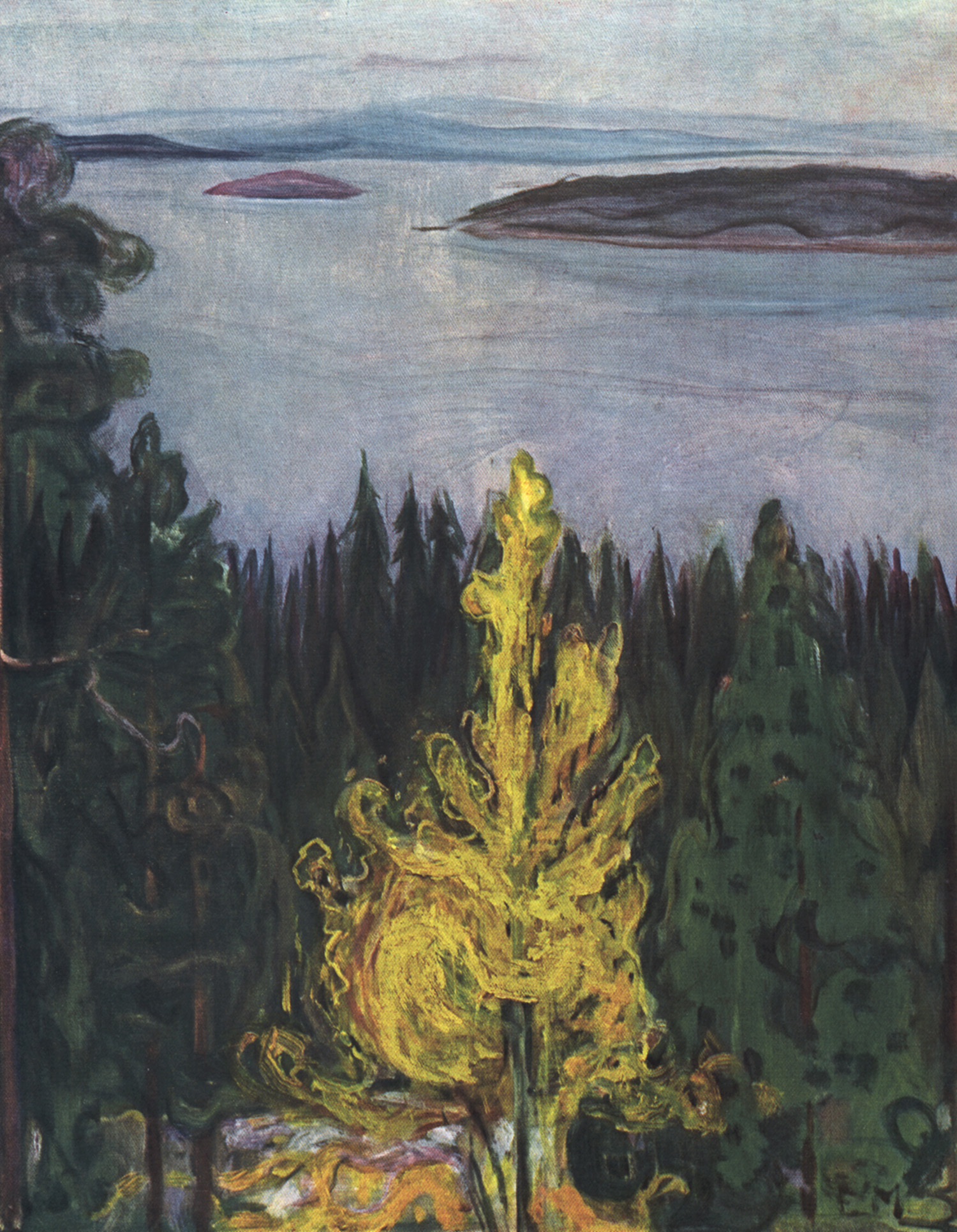

Matthew Parris on View from Nordstrand by Edvard Munch
"I first saw this picture at the age of 21, in a gift shop attached to the Munch Museum in Oslo. Apart from his famous The Scream painting, I knew almost nothing about Munch and would not have recognised the term Expressionism. But this painting expressed! I bought a framed reproduction and it still hangs in my house.
"In its way, the painting is a kind of scream from the forest, but a scream not of despair, but of exuberant individuality. Among conifers, only the larch goes russet in autumn, bare in winter and golden in spring. In that painting’s forest, the tree is the gay eccentric in the room. But there’s something baleful about the offshore islands. I have planted more than 50 larches on our land."
Matthew Parris is a political writer, broadcaster and former MP. His new book, Fracture: Stories of How Great Lives Take Root in Trauma, is out this autumn.
John McEwen on Munch and the painting
In 1929, Munch, by then considered equal to such masters of Expressionism as van Gogh and Gauguin, read the Danish philosopher Søren Kierkegaard (1813–55) and understood ‘why people so often have compared my pictures to him’. Kierkegaard insisted on passionate individuality, as opposed to the majority’s anonymous conformity. He likened it to riding a wild stallion, rather than falling asleep in a hay cart.
Munch thought marriage inimical to art. The years before View from Nordstrand marked his infatuation with Tulla Larsen, who was six years his junior. The beautiful red-headed daughter of the foremost wine merchant of Kristiania (renamed Oslo in 1924) led him a not-so-merry dance through Europe, as he insisted on a platonic marriage. When she wrote from Berlin to say she was dying, he proposed. She paid his ticket, but it was a hoax.
Munch returned to Norwegian seclusion, painting forest and fjord scenes at Nord-strand, south of Kristiania. The larch is a deciduous exception among conifers; View from Nordstrand celebrates the contrast. In Nordic folklore, you wear or burn larch for protection against enchantment or evil spirits. Munch wrote: ‘Nature is not something that can be seen by the eye alone — it lies also within the soul, in pictures seen by the inner eye.’
Herbert Read cited Munch even more than van Gogh, demonstrating what his fellow art historian Wilhelm Worringer called the ‘uncanny pathos’ of the North. In 1931, Glasgow and Edinburgh held the first Munch retrospective in Britain. Concurrently, Read was professor of Fine Arts at the University of Edinburgh. He championed Munch until the end, deploring England’s neglect of him. Amends have since been made.
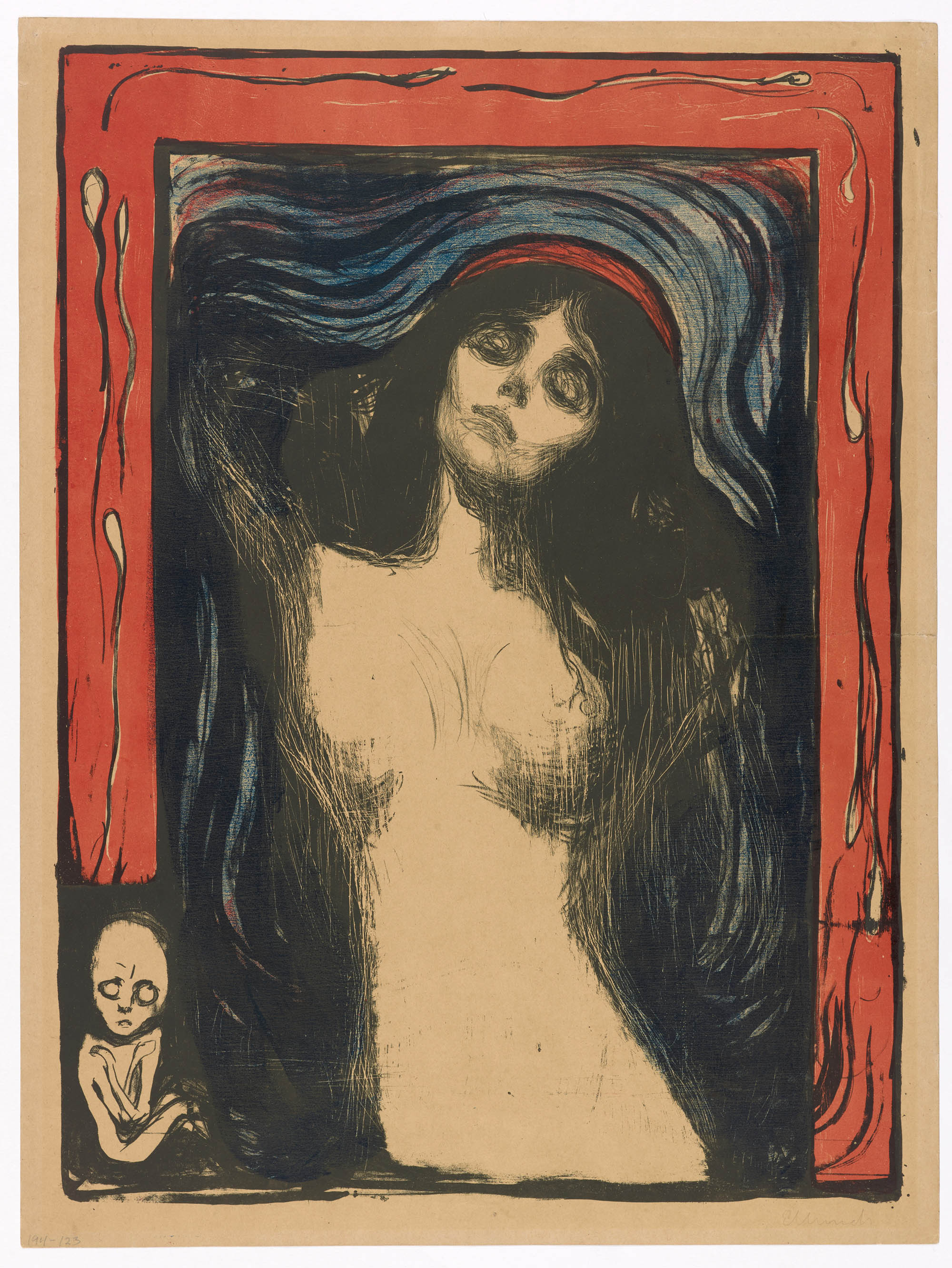
In Focus: Edvard Munch's Madonna — sanctity, fertility and mortality in a picture as startling as The Scream
Edvard Munch's fame rests on 'The Scream', but his other works are equally riveting. Lilias Wigan paid a visit to
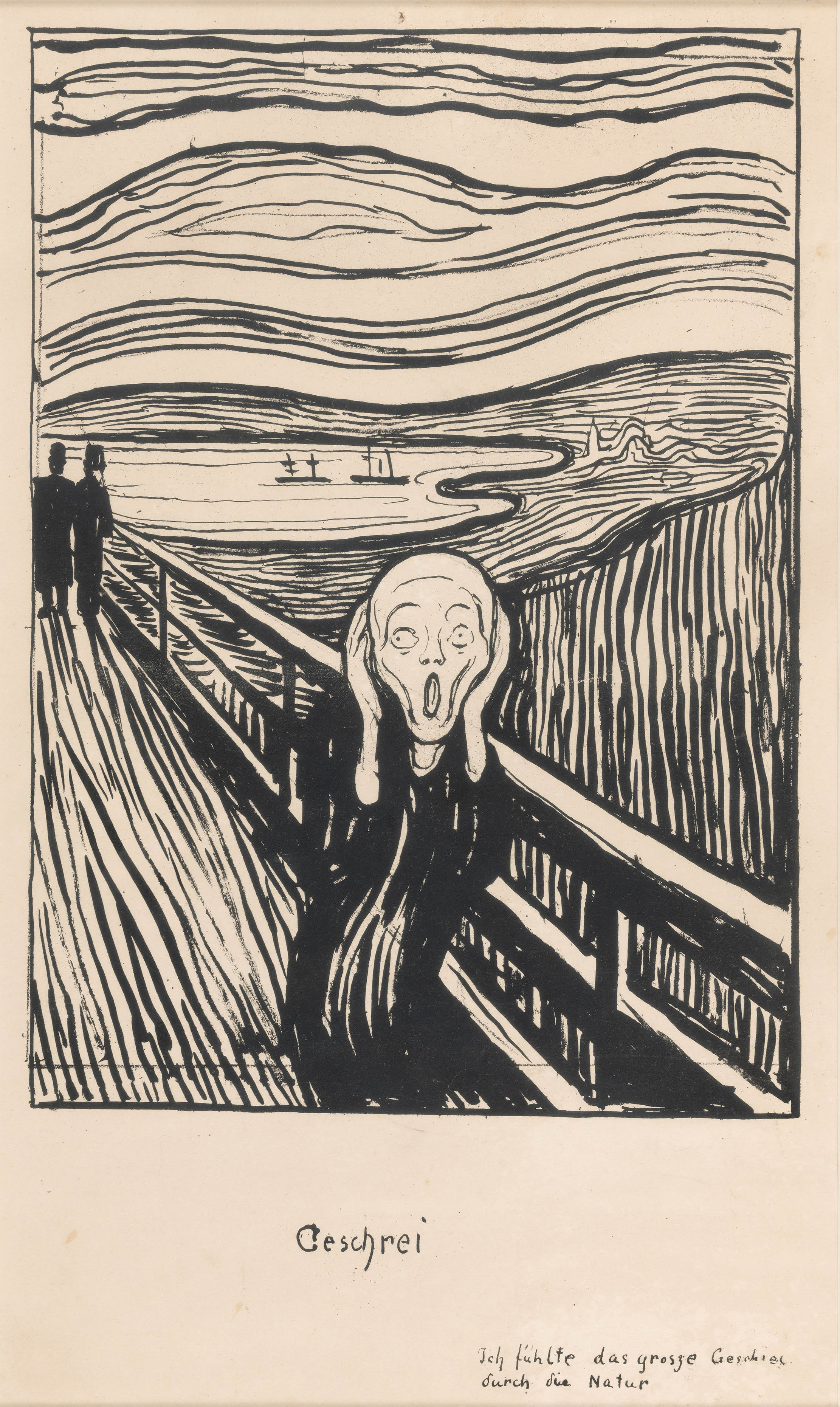
In Focus: A haunting monochrome printing of The Scream which bears Munch's own description of its meaning
The British Museum is currently running its largest exhibition of Edvard Munch's prints in almost half a century — and naturally,
Sign up for the Country Life Newsletter
Exquisite houses, the beauty of Nature, and how to get the most from your life, straight to your inbox.
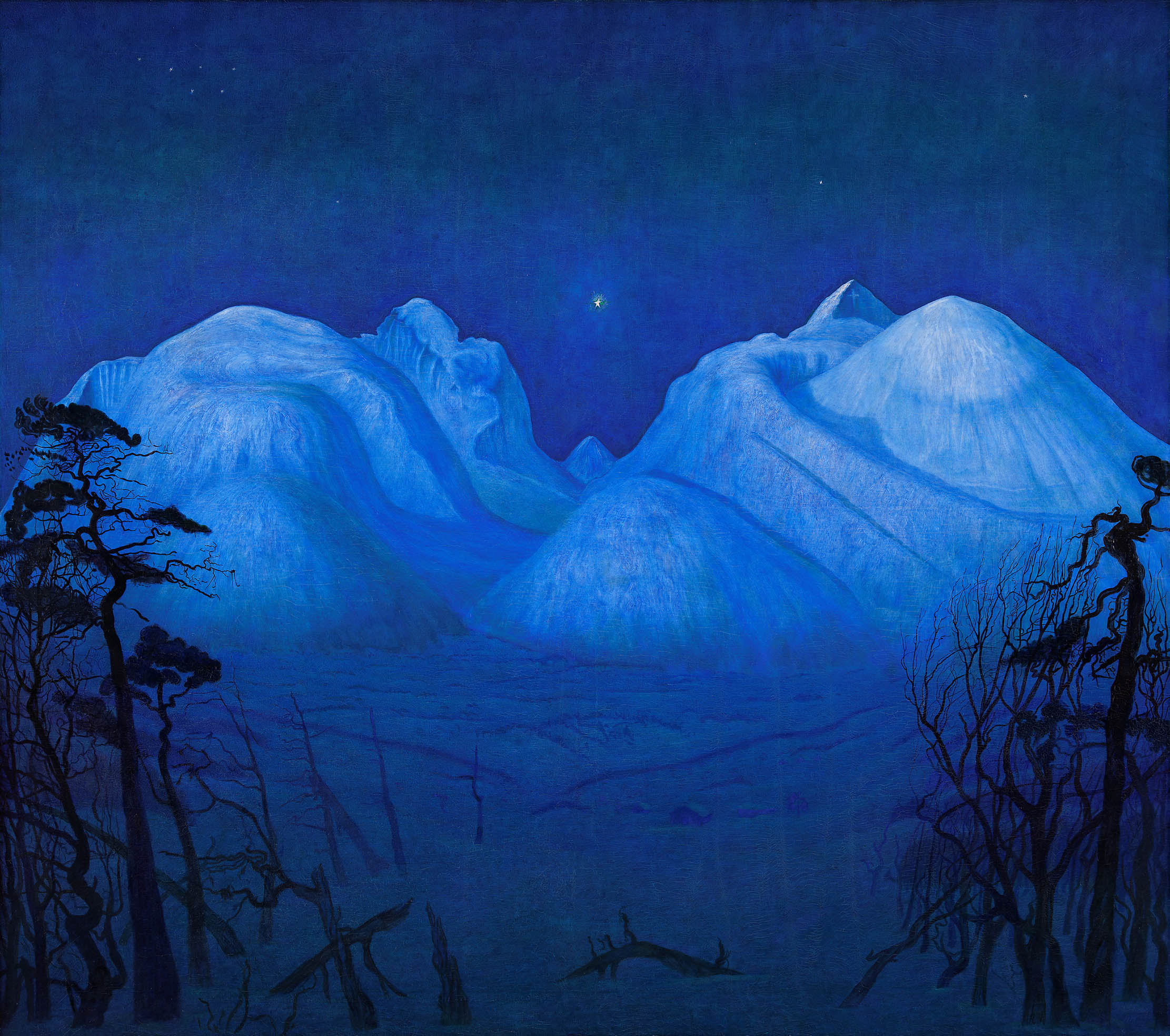
In Focus: The artist whose masterpiece was voted Norway's national painting, finally getting the recognition he deserves elsewhere
Caroline Bugler is spellbound by the Scandinavian landscape painter’s magical evocation of fjords, villages and mountains.
Country Life is unlike any other magazine: the only glossy weekly on the newsstand and the only magazine that has been guest-edited by HRH The King not once, but twice. It is a celebration of modern rural life and all its diverse joys and pleasures — that was first published in Queen Victoria's Diamond Jubilee year. Our eclectic mixture of witty and informative content — from the most up-to-date property news and commentary and a coveted glimpse inside some of the UK's best houses and gardens, to gardening, the arts and interior design, written by experts in their field — still cannot be found in print or online, anywhere else.
-
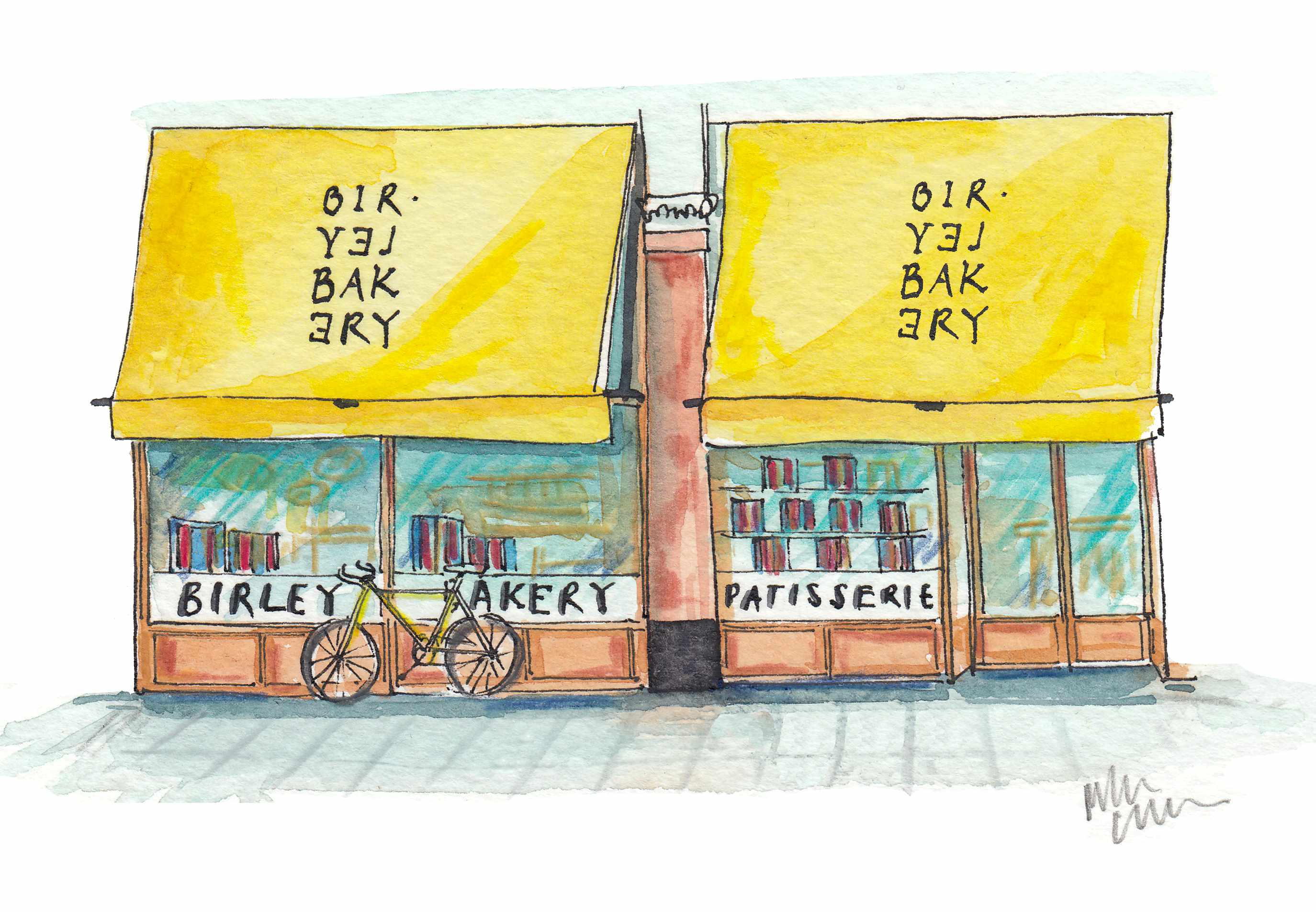 'That’s the real recipe for creating emotion': Birley Bakery's Vincent Zanardi's consuming passions
'That’s the real recipe for creating emotion': Birley Bakery's Vincent Zanardi's consuming passionsVincent Zanardi reveals the present from his grandfather that he'd never sell and his most memorable meal.
By Rosie Paterson
-
 The Business Class product that spawned a generation of knock-offs: What it’s like to fly in Qatar Airways’ Qsuite cabin
The Business Class product that spawned a generation of knock-offs: What it’s like to fly in Qatar Airways’ Qsuite cabinQatar Airways’ Qsuite cabin has been setting the standard for Business Class travel since it was introduced in 2017.
By Rosie Paterson
-
 'As a child I wanted to snuggle up with the dogs and be part of it': Alexia Robinson chooses her favourite painting
'As a child I wanted to snuggle up with the dogs and be part of it': Alexia Robinson chooses her favourite paintingAlexia Robinson, founder of Love British Food, chooses an Edwin Landseer classic.
By Charlotte Mullins
-
 The Pre-Raphaelite painter who swapped 'willowy, nubile women' for stained glass — and created some of the best examples in Britain
The Pre-Raphaelite painter who swapped 'willowy, nubile women' for stained glass — and created some of the best examples in BritainThe painter Edward Burne-Jones turned from paint to glass for much of his career. James Hughes, director of the Victorian Society, chooses a glass masterpiece by Burne-Jones as his favourite 'painting'.
By Charlotte Mullins
-
 'I can’t look away. I’m captivated': The painter who takes years over each portrait, with the only guarantee being that it won't look like the subject
'I can’t look away. I’m captivated': The painter who takes years over each portrait, with the only guarantee being that it won't look like the subjectFor Country Life's My Favourite Painting slot, the writer Emily Howes chooses a work by a daring and challenging artist: Frank Auerbach.
By Toby Keel
-
 My Favourite Painting: Rob Houchen
My Favourite Painting: Rob HouchenThe actor Rob Houchen chooses a bold and challenging Egon Schiele work.
By Charlotte Mullins
-
 My Favourite Painting: Jeremy Clarkson
My Favourite Painting: Jeremy Clarkson'That's why this is my favourite painting. Because it invites you to imagine'
By Charlotte Mullins
-
 The chair of the National Gallery names his favourite from among the 2,300 masterpieces — and it will come as a bit of a shock
The chair of the National Gallery names his favourite from among the 2,300 masterpieces — and it will come as a bit of a shockAs the National Gallery turns 200, the chair of its board of trustees, John Booth, chooses his favourite painting.
By Toby Keel
-
 'A wonderful reminder of what the countryside could and should be': The 200-year-old watercolour of a world fast disappearing
'A wonderful reminder of what the countryside could and should be': The 200-year-old watercolour of a world fast disappearingChristopher Price of the Rare Breed Survival Trust on the bucolic beauty of The Magic Apple Tree by Samuel Palmer, which he nominates as his favourite painting.
By Charlotte Mullins
-
 My favourite painting: Andrew Graham-Dixon
My favourite painting: Andrew Graham-Dixon'Lesson Number One: it’s the pictures that baffle and tantalise you that stay in the mind forever .'
By Country Life